Towards a targeted optimization of electrocatalysts by combining electrosynthesis with in-situ electron paramagnetic resonance
January 2017 – December 2020
In recent years, there has been a growing search for clean, environmental friendly methodologies for organic synthesis. Organic electrochemistry offers an interesting alternative to tackle the issues for organic transformations. Electrochemical synthesis mostly needs fewer steps and produces less waste with the electron as a cheap, clean and energetically efficient reagent. However, the applicability of electrosynthesis depends on the selection of the electrocatalyst as a way to decrease the energy demand of the reactions. In the current state of the art, these catalysts are still subject to further improvements. In our opinion, developing sufficient theoretical knowledge about the reaction mechanism on the electrode surface for very specific electrochemical reactions is essential to tune these catalysts. Therefore, we will use a combination of in situ electrochemistry and electron paramagnetic resonance (EPR) to unravel the underlying mechanism. The final goal is to develop an approach that provides an in-depth understanding of reaction mechanisms and that links the electrocatalytic and electrosynthetic features to the morphology and stability of the electrode material. To reach this goal, a combination of electrochemical techniques, in-line analytical methods and different EPR techniques will be used. New flow cells will be constructed in addition to existing static cells to unravel the electrode kinetics and to assess the activity of different electrocatalyst materials.

